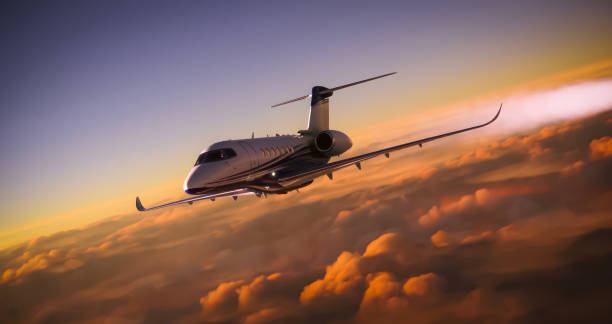Kinetic Sculpture: The Dynamic Art Form Redefining Space
In the ever-evolving landscape of contemporary art, kinetic sculpture stands out as a captivating and innovative medium that challenges our perceptions of form, movement, and space. This dynamic art form, which incorporates motion as a central element, has been gaining momentum in galleries, public spaces, and private collections worldwide. As artists push the boundaries of technology and creativity, kinetic sculptures are redefining the relationship between art and viewer, inviting us to engage with works that are alive with energy and constantly in flux.

Technological Advancements Driving Innovation
The rapid advancement of technology has played a crucial role in the evolution of kinetic sculpture. Modern artists now have access to a wide array of materials, mechanisms, and digital tools that allow for increasingly complex and sophisticated creations. From 3D printing to robotics, these technological innovations have expanded the possibilities of what can be achieved in kinetic art, resulting in works that seamlessly blend artistry with engineering.
Interactive Experiences and Audience Engagement
One of the most compelling aspects of kinetic sculpture is its ability to create interactive experiences for viewers. Many contemporary kinetic works invite direct participation, responding to touch, sound, or movement from the audience. This level of engagement transforms the traditional passive viewing experience into an active, multi-sensory interaction, blurring the lines between art and spectator.
Environmental Integration and Site-Specific Works
Kinetic sculptors are increasingly creating works that respond to and integrate with their environments. Large-scale, site-specific installations that harness natural elements like wind, water, or sunlight have become particularly popular. These pieces not only showcase the artist’s vision but also highlight the dynamic relationship between art and nature, often changing in response to environmental conditions.
Challenges and Considerations in Kinetic Sculpture
While kinetic sculpture offers exciting possibilities, it also presents unique challenges for artists, curators, and collectors. The incorporation of moving parts requires careful consideration of durability, maintenance, and safety. Additionally, the integration of technology raises questions about longevity and the potential obsolescence of certain components. These factors have led to innovative approaches in conservation and documentation within the art world.
The Future of Kinetic Art
As we look to the future, kinetic sculpture continues to evolve and expand its boundaries. Emerging trends include the integration of artificial intelligence, allowing sculptures to learn and adapt over time, and the exploration of virtual and augmented reality to create hybrid physical-digital experiences. These developments promise to push the medium into new territories, challenging our understanding of what sculpture can be and do.
In conclusion, kinetic sculpture represents a vibrant and innovative force in contemporary art. By incorporating movement, interactivity, and often cutting-edge technology, these works offer a unique and engaging experience that continues to captivate audiences worldwide. As artists continue to explore the possibilities of this dynamic medium, kinetic sculpture stands poised to play an increasingly significant role in shaping the future of artistic expression.





